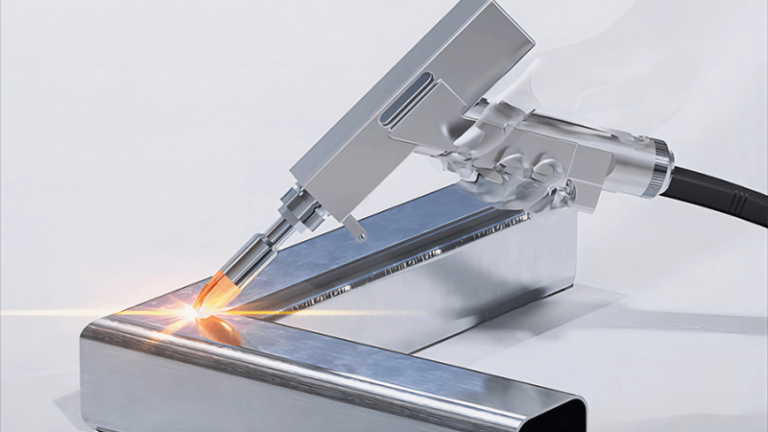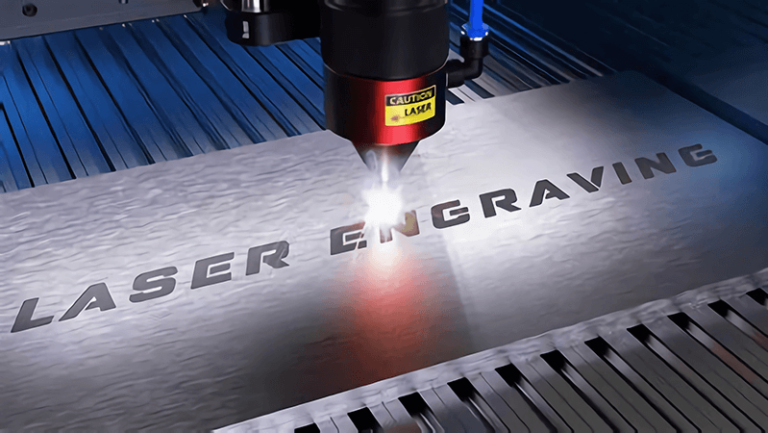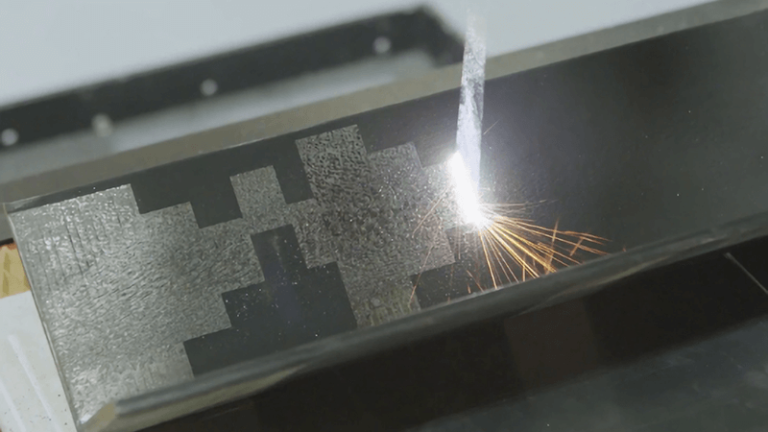In a world where speed, precision, and efficiency define industrial success, traditional metal cutting methods are falling behind.
Fiber laser cutting machines are shaping the next industrial era, offering unmatched accuracy, automation, and speed—and their future promises even more.
Fiber lasers aren’t just a trend—they're a revolution. As someone deeply involved in developing and supplying laser cutting machines at Kirin Laser, I’ve seen how this technology transforms production floors, boosts profit margins, and redefines what’s possible. Let's explore where it's headed next.

What is the future of laser cutting?
The demand for cleaner, faster, and more intelligent cutting systems is pushing the limits of current fiber laser technology.
The future of laser cutting lies in automation, higher cutting power, AI-driven diagnostics, and hybrid systems that integrate multiple processes into one intelligent unit.
The evolution beyond speed
Laser systems are no longer just about cutting speed. The machines we’re developing at Kirin Laser now involve:
- Real-time process monitoring1: Sensors detect beam instability, nozzle wear, and even material type in seconds.
- AI diagnostics and predictive maintenance2: Smart systems send alerts before breakdowns, preventing costly downtime.
- Thicker, cleaner cuts: 10kW+ power enables cutting 30mm+ stainless steel without secondary processing.
- Hybrid automation: Combining cutting, welding, and part handling in a single automated workflow.
We’ve already implemented semi-autonomous loading systems and remote service modules in some models. One of our clients in the aerospace sector reported a 40% reduction in labor costs after integrating our laser cutter with a robotic arm and automated sorting system.
| Future Feature | Current Status | Future Potential |
|---|---|---|
| Cutting Thickness | Up to 30mm | Beyond 40mm with beam shaping |
| Material Adaptability | Manual adjustment | AI auto-detection |
| Maintenance | Scheduled (manual) | Predictive with remote support |
| Operation | Skilled operator required | Semi or full automation |

What is the life expectancy of a fiber laser cutting machine?
Most industrial buyers ask this: “How long before I need to replace it?”
The average fiber laser cutter lasts 8 to 12 years, with proper maintenance. But with upgrades and modular designs, its life can be extended beyond 15 years.
More than just hours on the clock
At Kirin Laser, we design for durability. Our machines use IPG or Raycus sources with MTBF (Mean Time Between Failures3) ratings of over 100,000 hours. That means years of cutting before any laser source maintenance is needed.
But lifespan also depends on:
1. Cooling system quality
Poor cooling leads to beam instability and early laser diode failure. We only use industrial-grade chiller systems4 designed for 24/7 operation.
2. Operator care
Training matters. We provide detailed user manuals and on-site training to reduce wear-and-tear.
3. Environment
Dust, heat, and moisture all shorten machine life. Our machines include enclosed cutting zones and HEPA air systems to keep things clean.
One metal fabrication customer recently shared how his Kirin system still performs like new after 6 years. He upgraded the control panel and gas delivery system last year—instead of replacing the whole unit.
| Component | Average Lifespan | Notes |
|---|---|---|
| Laser Source | 8–12 years | IPG and Raycus rated up to 100,000 hours |
| Optics & Lenses | 1–2 years | Easy to replace; regular cleaning extends life |
| Servo Motors | 7–10 years | Panasonic/Yaskawa motors used in our systems |
| CNC Controller | 10+ years | Modular upgrade options available |

What are the disadvantages of fiber laser cutting?
No solution is perfect. And being honest about limitations helps clients plan smarter.
*Fiber laser cutting struggles with thick non-metallic materials, reflective metals, and has a higher upfront cost compared to CO₂ systems.
It’s not one-size-fits-all
Here’s where fiber lasers may fall short:
1. Material compatibility
While they excel in metals, fiber lasers aren’t great at cutting plastics, wood, or fabrics5. The beam's wavelength (around 1064nm) isn’t absorbed well by non-metals.
2. Reflective materials like brass or copper
These can reflect the beam back to the source, risking damage. We counter this at Kirin Laser6 by offering anti-reflection isolators and beam stabilizers in our high-power models.
3. Upfront cost
Fiber systems can be more expensive initially. However, the long-term ROI through energy efficiency, less maintenance, and zero consumables quickly offsets this.
Here’s a quick comparison:
| Feature | Fiber Laser | CO₂ Laser |
|---|---|---|
| Speed on thin metals | Very High | Moderate |
| Non-metal cutting | Weak | Strong |
| Reflective metals | Needs precautions | Moderate |
| Operating Cost | Low | High (gas + parts) |
| Maintenance Frequency | Low | High |
We always advise clients to clarify their material mix and production scale before choosing a system. Fiber isn’t always better—but when it fits, it transforms.
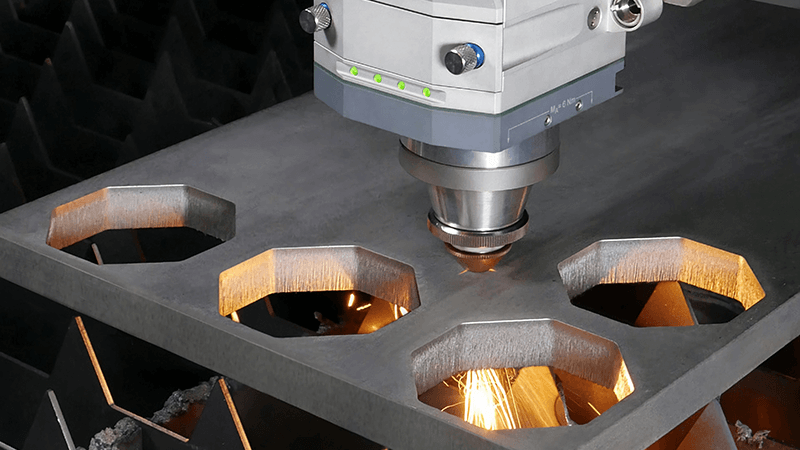
What is better than laser cutting?
This question comes up often, especially from old-school shops.
Better depends on the job. Waterjet is superior for ultra-thick or heat-sensitive cuts. Plasma is faster for rough steel work. But for precision, fiber laser remains unbeatable.
It's not always a competition—it’s about fit
Let’s look at the major cutting contenders:
1. Waterjet
- Great for heat-sensitive materials (ceramics, composites)
- No HAZ (heat-affected zone)
- Slower and messier, needs abrasive media
- High operational cost
2. Plasma
- Low cost
- Fast on thick steel
- Not precise—rough edges, tapering
- Needs post-processing
3. Mechanical cutting (shearing, punching)
- Cheapest
- Limited shapes
- Not scalable for complex parts
I always tell customers: if you're cutting stainless parts under 25mm and need speed, clean edges, and flexibility—fiber laser is your best bet.
Here’s a summary:
| Method | Precision | Speed | Cost | Best for |
|---|---|---|---|---|
| Fiber Laser | ★★★★★ | ★★★★☆ | $$$ | Thin to medium metals |
| Waterjet7 | ★★★★☆ | ★★☆☆☆ | $$$$ | Composites, thick materials |
| Plasma | ★★☆☆☆ | ★★★★★ | $$ | Thick steel, low precision |
| Mechanical Tools | ★☆☆☆☆ | ★★★☆☆ | $ | Basic shapes, high volume |
One client of ours in the electronics casing industry switched from CNC punching to a Kirin fiber laser8 system. Within two months, they cut tool change time to zero and reduced edge-deburring by 90%. That saved them nearly $18,000 per quarter in labor and rework costs.
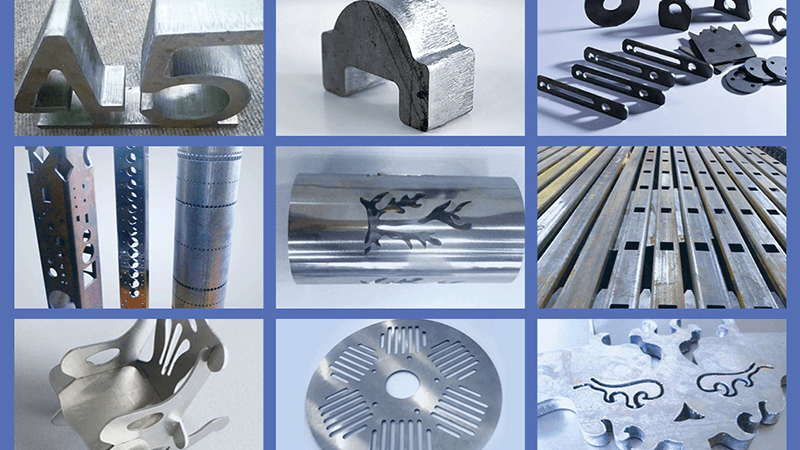
Conclusion
Fiber laser cutting9 isn’t just the present—it’s the future. With smarter systems, growing power, and rising automation, its dominance in metal fabrication is only getting stronger. While it may not suit every material or budget, the value it brings in precision, speed, and flexibility is unmatched. At Kirin Laser, we’re committed to driving that future forward—beam by beam, system by system.
-
Learn about the advantages of real-time monitoring in laser cutting, including increased precision and reduced errors. ↩
-
Explore how AI can enhance efficiency and reduce downtime in laser systems, ensuring optimal performance. ↩
-
Understanding MTBF can help you gauge the reliability of laser systems, ensuring you make informed purchasing decisions. ↩
-
Exploring the advantages of industrial-grade chillers can enhance your knowledge of maintaining optimal laser performance and longevity. ↩
-
Discover which laser types excel at cutting non-metals like plastics, wood, and fabrics, ensuring optimal results for your projects. ↩
-
Discover how Kirin Laser's innovative solutions enhance fiber laser performance on challenging materials like brass and copper. ↩
-
Discover how waterjet cutting can be ideal for heat-sensitive materials and complex shapes. ↩
-
Explore the benefits of fiber laser cutting to understand its efficiency and cost-effectiveness for your projects. ↩
-
Find the best laser cutting machine and laser cutting solutions from Kirin Laser, clicking this link to get all your needss for your business. ↩


